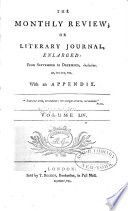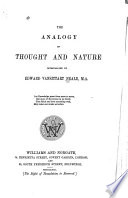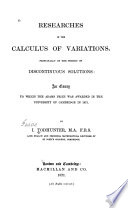 | 1807 - 572 pages
...to one law and the elastic force according to another, bodies shall be urged by such fluid towards a fixed point by a force varying inversely as the square of the distance from that point ? Conceive, therefore, a sphere, radius r, its centre distant from a point... | |
 | Edward Vansittart Neale - 1863 - 280 pages
...phenomena in the skies. And when Newton demonstrated that a moving body, continually urged towards a fixed point, by a force varying inversely as the square of the distance from that point, must describe one of the conic sections round it as a focus, his thought... | |
 | John Kerr - 1866 - 358 pages
...(art. 200). We proceed now to the converse proposition. Theorem. If a particle be attracted towards a fixed point by a force varying inversely as the square of the distance, it will describe a Conic Section round that point as focus. Let S be the centre of force,... | |
 | Isaac Todhunter - 1871 - 296 pages
...other minimum. The position of C in the diagrams is easily determined ; for the vertical height of C is known ; and thus the latus rectum of the parabola...point to the centre of force as the initial line; let /t denote the intensity of the force, and rl the distance of the starting point from the centre of... | |
 | Francis Alexander Tarleton - 1899 - 309 pages
...triangle is formed of three uniform bars whose densities are A, /*, v, and whose elements attract with a force varying inversely as the square of the distance ; determine the point 0 inside the triangle at which a particle would be in equilibrium. If P) q, r be the perpendiculars... | |
| |